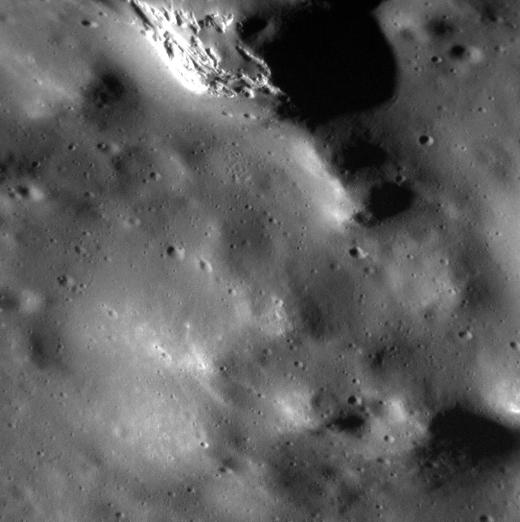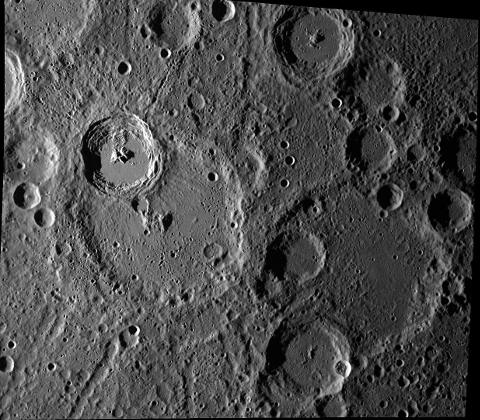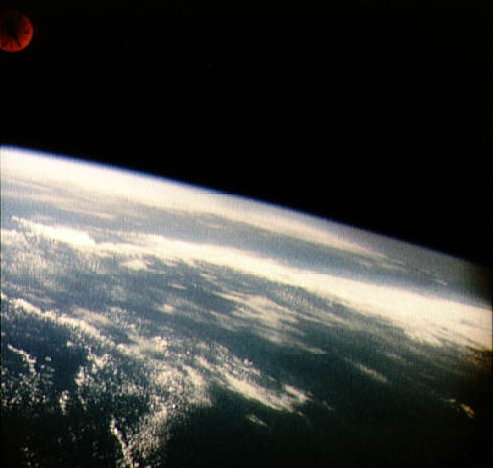
The Ahmad Baba crater, named after a 16th/17th century African writer, is a classic peak rising basin on the planet Mercury. This picture was taken by NASA’s Messenger spacecraft at low altitude (just 184 km above Mercury’s surface) during its second extended mission exploring the planet Mercury.

